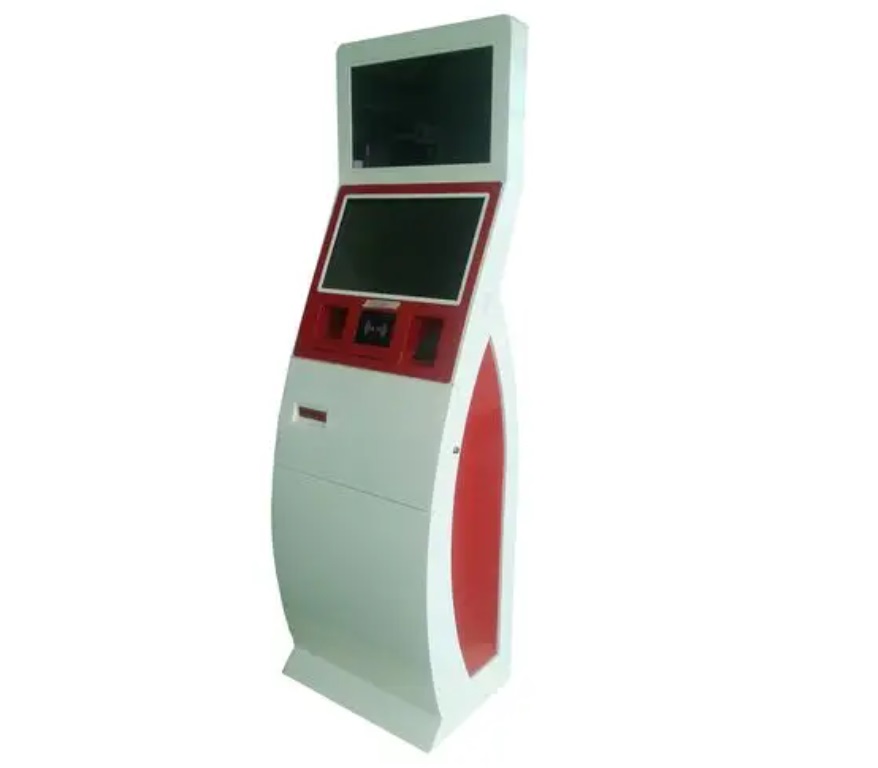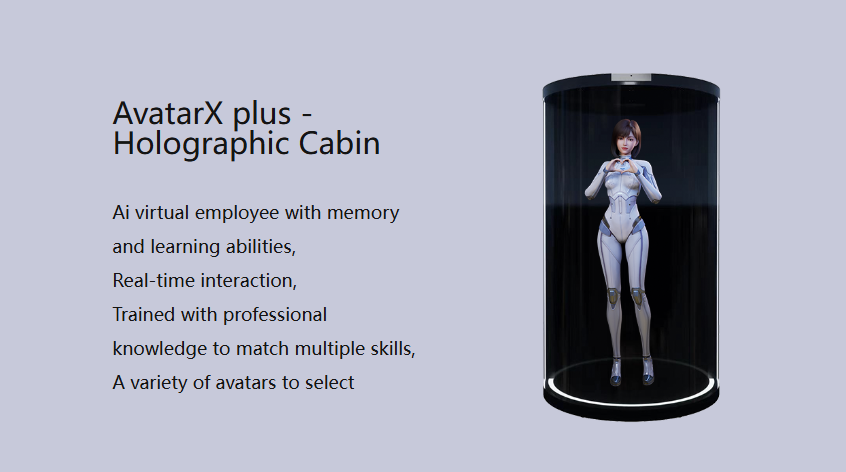In our increasingly digital world, self-service kiosks have become a common sight in various industries, from retail to hospitality. These kiosks have traditionally offered straightforward functions, allowing customers to check in, order food, or make purchases without human interaction. However, as technology evolves, so does the potential for these kiosks to become more engaging and interactive. Enter 3D virtual humans combined with artificial intelligence (AI)—a groundbreaking development that promises to revolutionize the way we interact with self-service kiosks.
1. Understanding Traditional Self-Service Kiosks

Self-service kiosks have been around for decades, primarily serving as automated machines to expedite customer service. They provide several advantages, such as:
- Efficiency: Reducing wait times by allowing customers to serve themselves.
- Cost-Effectiveness: Lowering labor costs for businesses by minimizing the need for staff in certain roles.
- Accessibility: Providing a straightforward solution for simple transactions, making services available 24/7.
However, traditional kiosks often lack the human touch, leading to a somewhat sterile user experience.
2. AI: The Game Changer for Self-Service Kiosks
With advancements in AI technology, self-service kiosks are evolving beyond their basic functionalities. AI enhances these kiosks by:
- Personalization: AI algorithms can analyze customer behavior, offering tailored recommendations based on previous interactions.
- Natural Language Processing (NLP): This allows kiosks to understand and respond to customer queries in real-time, making interactions feel more conversational.
- Data Analytics: AI can gather and analyze data to improve service delivery and customer satisfaction over time.
3. The Role of 3D Virtual Humans
3D virtual humans are lifelike digital avatars that can interact with customers in a more engaging and relatable way. When combined with AI, these avatars bring a new level of interactivity to self-service kiosks. Here’s how:
- Enhanced Engagement: 3D virtual humans can greet customers, guide them through the kiosk’s features, and provide assistance in a friendly, approachable manner.
- Visual Appeal: The realistic appearance of 3D avatars captures attention and encourages users to interact with the kiosk.
- Multimodal Interaction: Customers can engage with virtual humans through voice commands, touch screens, or even gestures, making the experience more intuitive.
4. The Next Generation of AI Kiosks

The integration of 3D virtual humans and AI signifies the dawn of a new era for self-service kiosks. This next-generation AI kiosk can:
- Provide Real-Time Support: Users can ask questions and receive immediate assistance from the virtual human, mimicking the experience of interacting with a real employee.
- Facilitate Complex Transactions: With enhanced capabilities, these kiosks can handle more complex services, such as booking appointments or providing product recommendations.
- Collect Feedback: The virtual human can engage customers for feedback, helping businesses to improve their services continuously.
5. Industry Applications
The application of AI and 3D virtual humans in self-service kiosks spans various industries:
- Retail: In stores, virtual humans can assist customers in finding products, checking inventory, and completing purchases.
- Hospitality: Hotels can use AI kiosks for check-in processes, concierge services, and answering guest inquiries.
- Healthcare: Hospitals can implement virtual humans to guide patients through registration processes or provide information about services.
6. Data Insights
Here are some statistics that highlight the effectiveness of AI and 3D virtual humans in enhancing self-service kiosks:
- A study found that businesses utilizing AI-driven kiosks saw a 30% increase in customer engagement.
- Customer satisfaction ratings for kiosks with 3D virtual humans improved by 25%, compared to traditional kiosks.
- According to market research, 70% of consumers expressed a preference for interacting with a virtual human over a standard touch-screen interface.
7. Future Trends
As AI technology advances, we can expect several trends to shape the future of self-service kiosks:
- Increased Personalization: AI will continue to refine its understanding of customer preferences, leading to even more tailored interactions.
- Enhanced Realism: As graphics technology improves, 3D virtual humans will become more lifelike, increasing user engagement.
- Broader Integration: We will likely see more widespread adoption of AI kiosks across various sectors, driven by consumer demand for enhanced service experiences.

 2024-10-31 21:21:25
2024-10-31 21:21:25



